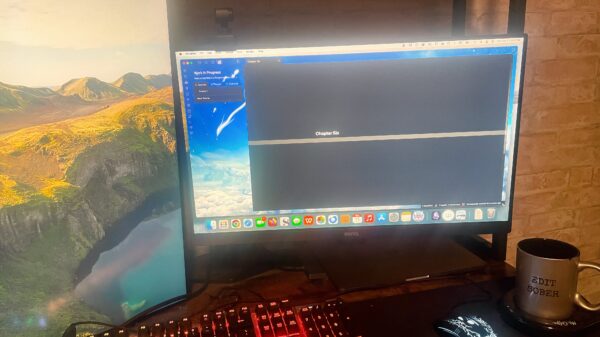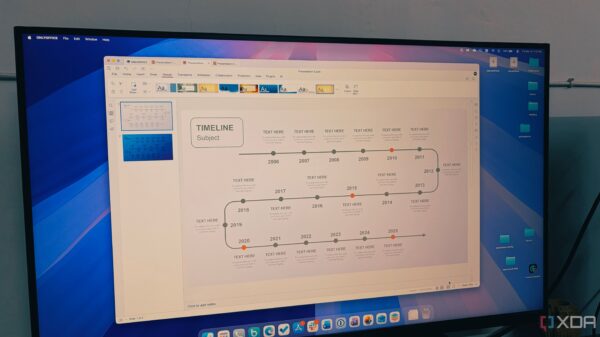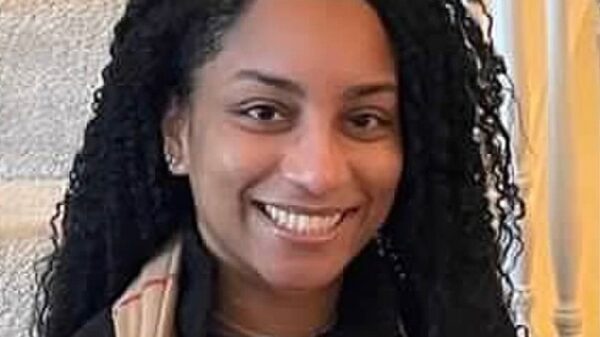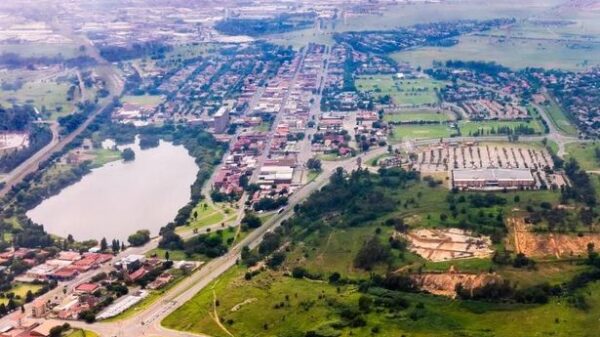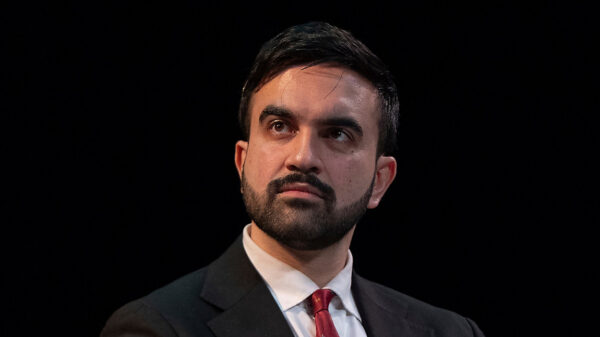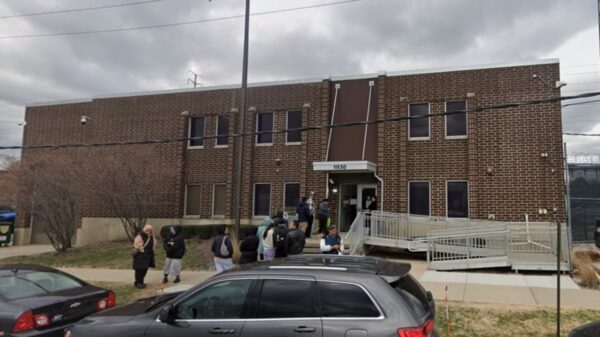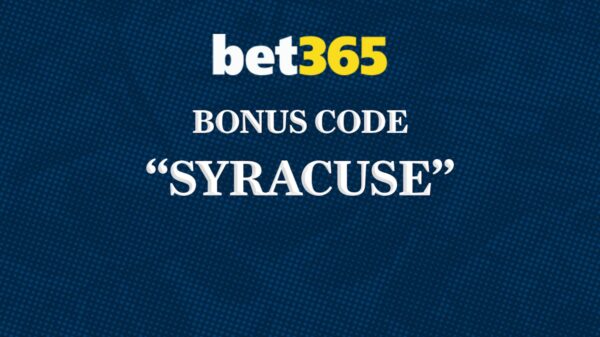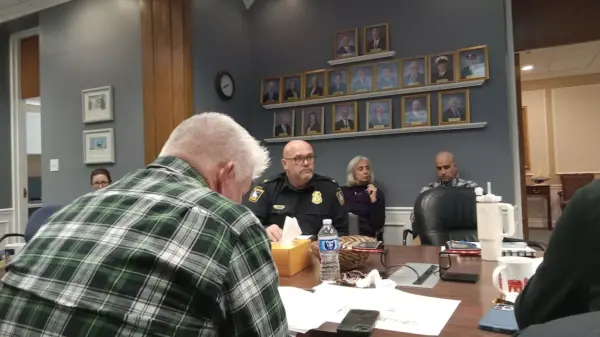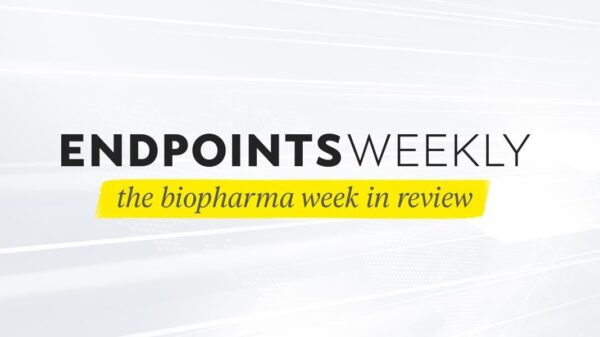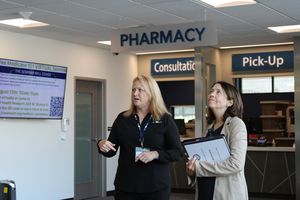In a concerted effort to address longstanding educational inequities in New Mexico, state education officials are compiling feedback from community sessions held throughout August. This input will help shape a court-mandated plan aimed at enhancing academic outcomes for disadvantaged student groups, as outlined in the Yazzie/Martinez lawsuit.
At a recent feedback gathering in Santa Fe, participants were asked to envision improvements they would make to local public education if they had a “magic wand.” Suggestions included better salaries for bilingual teachers, enhanced recruitment and retention efforts for local educators, and a statewide school calendar that honors Indigenous holidays. The session was part of a broader initiative that included approximately eleven additional meetings, both virtual and in-person, attracting almost 1,500 participants, including legislators and tribal leaders.
According to John Sena, director of the Legislative Education Study Committee, there has been a wealth of input collected during these sessions. “There have been thousands of pieces of input and feedback,” he stated during a committee meeting in Gallup. The New Mexico Public Education Department, in collaboration with WestEd, a national research and policy firm, is now tasked with translating this feedback into actionable components for the remedial action plan.
Addressing Educational Inequities
The Yazzie/Martinez lawsuit originated in 2014, with families and school districts alleging that the state failed to provide adequate educational resources for English learners, Native American students, low-income children, and those with disabilities. In April 2023, Judge Matthew Wilson ruled that the New Mexico Public Education Department had not made the necessary corrections to address these inequities. He mandated that a draft of the remedial plan be submitted by October 1, 2023, with a final version due by November 3, 2023, for judicial review.
The community feedback sessions were facilitated by the Los Alamos National Laboratory Foundation, which organized and led the discussions. CEO Gwen Perea Warniment noted that the foundation collected over 1,200 sticky notes filled with suggestions from participants. While the Public Education Department will analyze this data, Warniment emphasized the intention to categorize responses to identify recurring themes. For instance, if multiple notes advocate for increased teacher salaries, these would be compiled under a single statistical measure for clarity in the remedial plan.
Insights from Community Feedback
At the Santa Fe session, several key themes emerged. Participants expressed the need for educators who are linguistically responsive and capable of providing high-quality, culturally relevant instruction. Many advocated for smaller class sizes, increased teacher pay, and a shift toward more project-based learning rather than standardized assessments. Others called for more substantial changes, such as revamping teacher licensure programs and fostering greater involvement from community leaders and parents in the educational process.
A notable suggestion that resonated with many attendees was a call for increased recess time, highlighting the importance of play in fostering student well-being. The feedback collected will be crucial in crafting a comprehensive plan that addresses both the immediate needs and long-term goals of New Mexico’s education system, ensuring a more equitable future for all students.
As the deadline approaches, state officials are working diligently to integrate community perspectives into a plan that not only meets judicial requirements but also reflects the aspirations of a diverse population seeking better educational outcomes.



